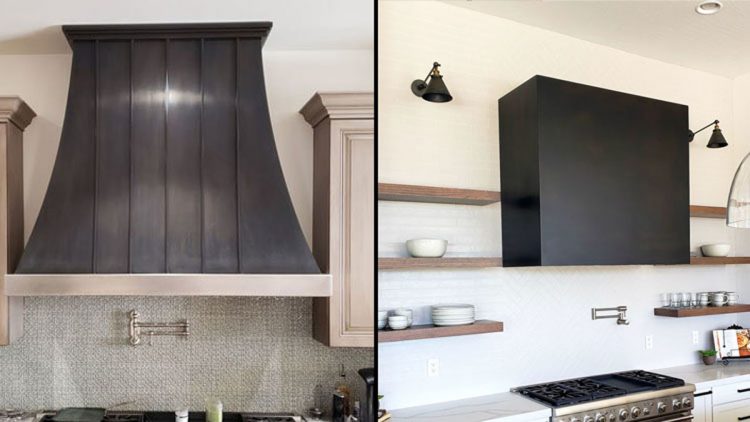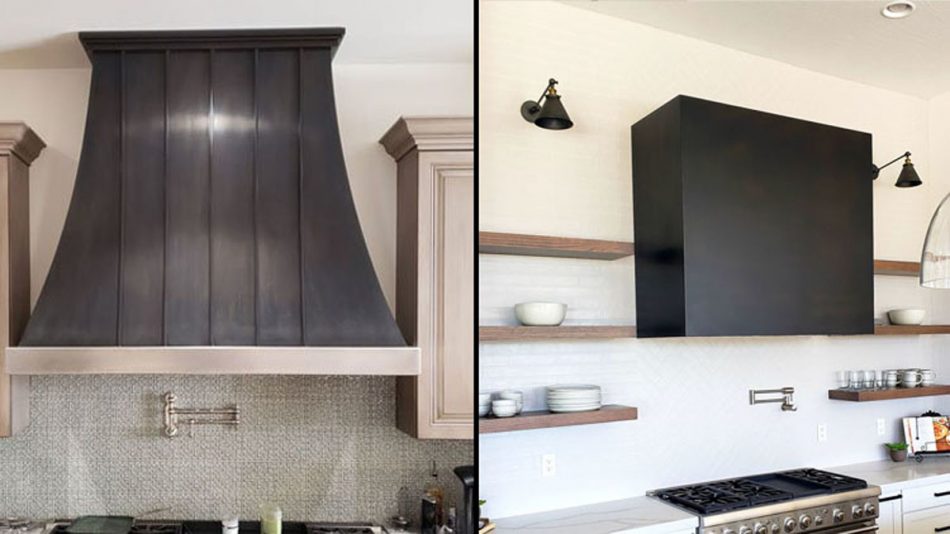What Is CFM For Range Hoods

We all know kitchen range hoods that vent to the outside are fantastic at removing odors, moisture, heat and smoke from your home when you are in the kitchen. Range hood fans are measured by the cubic feet they move per minute, otherwise known as CFM. Therefore, it is vital to have a range hood that moves air sufficiently enough to be effective. Read on to learn more about the different ways you can work out the CFM for a range hood.
Determining Fan Size
The professsionals say the fan size of a range hood should be enough to move at least 100 CFM of air for every 12 inches (30 centimeters) of stove width. For a 30 inch wide stove, your range hood fan will need to move at least 250 CFM of air.
Kitchen Size
You also need to consider your kitchen size measured in cubic feet when you need to calculate the saizre of the fan you need. Obviously, a larger kitchen needs more venting to clear the air than a room that is smaller. To calculate cubic feet you multiply the length of the room by the width of the room by the height of the room.
A good range hoos will exchange the air in the kitchen at least 15 times per hour, working out at every four minutes, so the next equation would be to take the cubic feet of the room and divide it by 4 equalling the CFM of the range hood fan: Here is an example: 2,000 cubic foot room ÷ 4 minutes = 512 CFM range hood fan or higher.
Gas Stoves
Gas burners on a stove provide considerably more heat than electric stove burners, therefore a gas stove obviously needs a range hood vent fan with a larger capacity.
When calculating the fan size you will need if you have a gas stove, combine the BTU (British Thermal Units) ratings for all the burners on the stove andthen divide by a total of 100 and you will be able to work out the minimum CFM you will need. For example: The average gas burner gives off 10,000 BTU and there are four on stove, so, 40,000 ÷ 100 = 400 CFM.
Ductwork
The cap, turns, length, size and shape on the range hood ductwork adds resistance which reduces the amount of air the vent fan can move, requiring additional CFM for the fan, itself. If you are using a metal pipe with a diameter of 8 inches, add one CFM for every one foot of pope plus 25 CFM for each elbow and 40 CFM for a roof cap.
Final Calculation
To make the final calculation, take the larger of the CFM rating for stove width, room size, and stove burner. Add the additional CFMs needed for the ductwork to arrive at the minimum CFM range hood to buy.
GET A KITCHEN RANGE HOOD QUOTE IN MESA HERE!
Are you thinking about installing a kitchen range hood in Mesa, Arizona? MK Remodeling offers professional and affordable remodeling services including kitchen remodeling in many areas of the Phoenix, Arizona area.



